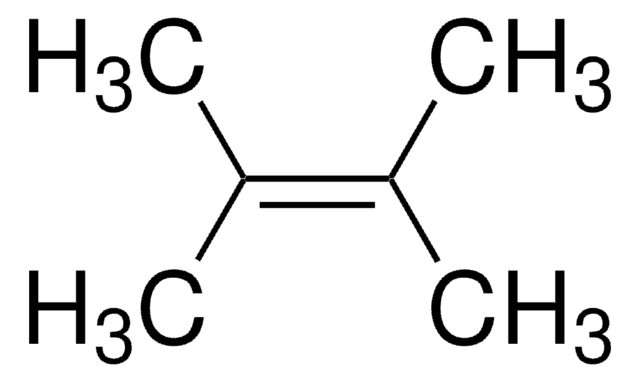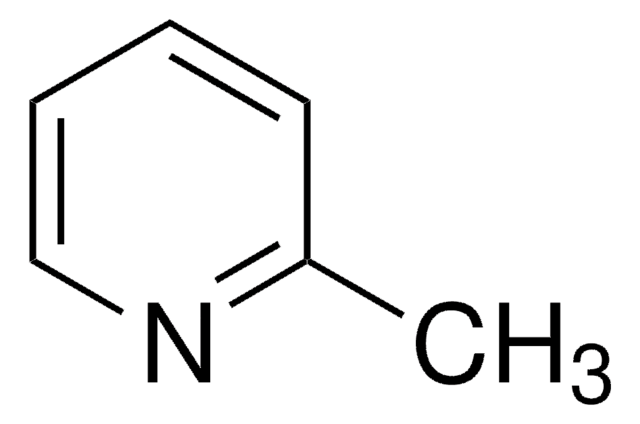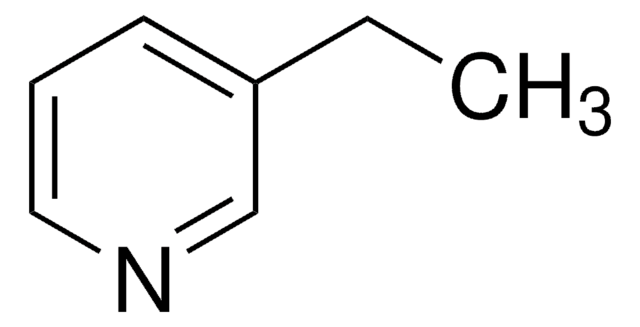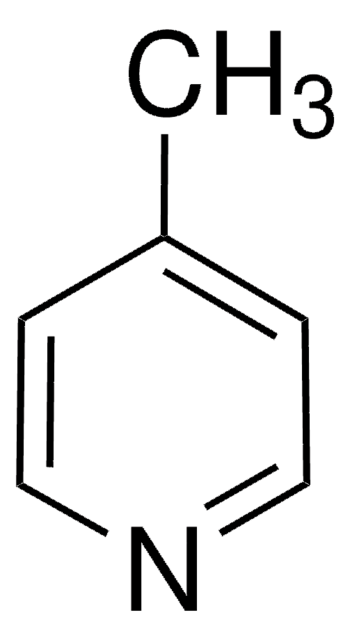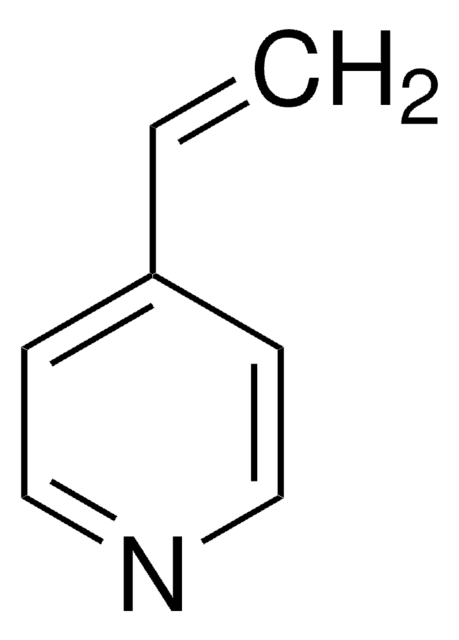110051
5-Ethyl-2-methylpyridine
≥96%
Synonym(s):
5-Ethyl-2-picoline, NSC 1984
Sign Into View Organizational & Contract Pricing
All Photos(2)
About This Item
Empirical Formula (Hill Notation):
C8H11N
CAS Number:
Molecular Weight:
121.18
Beilstein:
109269
EC Number:
MDL number:
UNSPSC Code:
12352100
PubChem Substance ID:
NACRES:
NA.22
Recommended Products
vapor density
4.2 (vs air)
Assay
≥96%
refractive index
n20/D 1.497 (lit.)
bp
178 °C (lit.)
density
0.919 g/mL at 25 °C (lit.)
SMILES string
CCc1ccc(C)nc1
InChI
1S/C8H11N/c1-3-8-5-4-7(2)9-6-8/h4-6H,3H2,1-2H3
InChI key
NTSLROIKFLNUIJ-UHFFFAOYSA-N
Looking for similar products? Visit Product Comparison Guide
General description
5-Ethyl-2-methylpyridine is one of the components that contribute to the nutty, roasted aroma in the Parmigiano-Reggiano cheese.
Application
5-Ethyl-2-methylpyridine, associated with Maillard reaction chemistry and sugar thermal degradation processes, has been used to study the nanogram adsorption for SPME headspace and liquid sampling.
Signal Word
Danger
Hazard Statements
Precautionary Statements
Hazard Classifications
Acute Tox. 3 Dermal - Acute Tox. 4 Oral - Eye Dam. 1 - Skin Corr. 1B
Storage Class Code
6.1C - Combustible acute toxic Cat.3 / toxic compounds or compounds which causing chronic effects
WGK
WGK 1
Choose from one of the most recent versions:
Already Own This Product?
Find documentation for the products that you have recently purchased in the Document Library.
Customers Also Viewed
M Qian et al.
Journal of dairy science, 85(6), 1362-1369 (2002-07-31)
The volatile compounds in Parmigiano-Reggiano cheese were isolated by solvent extraction/high vacuum distillation, followed by separation into acidic, basic, water-soluble, and neutral fractions. The neutral fraction was further fractionated by a normal-phase liquid chromatography. Aroma compounds were identified using gas
A Study of the Behavior of Maillard Reaction Products Analyzed by Solid-Phase Microextraction?Gas Chromatography?Mass Selective Detection.
Coleman WM
Journal of Chromatographic Science, 34(5), 213-218 (1996)
Our team of scientists has experience in all areas of research including Life Science, Material Science, Chemical Synthesis, Chromatography, Analytical and many others.
Contact Technical Service
